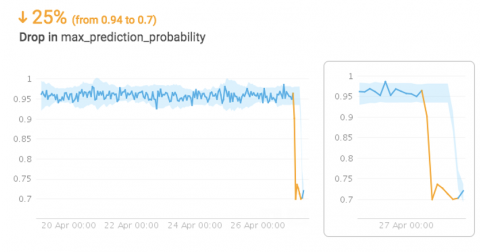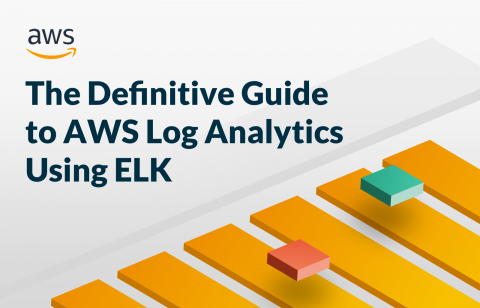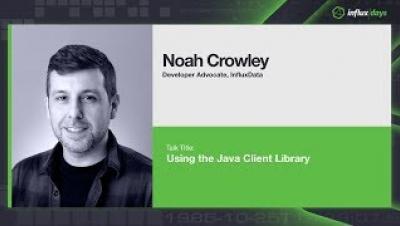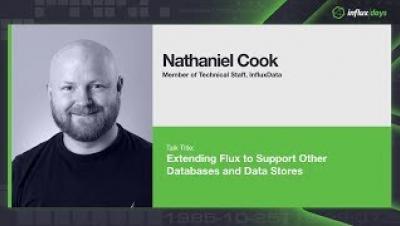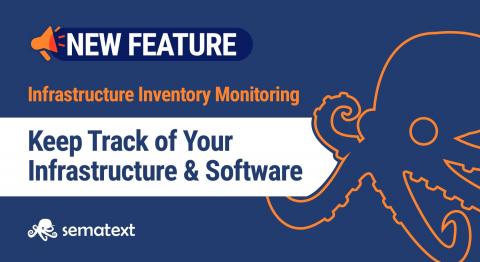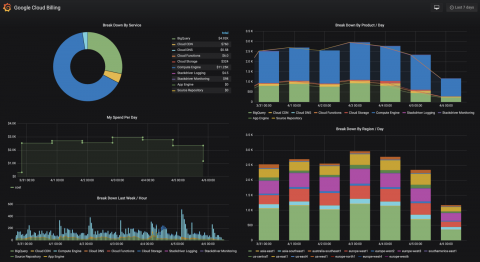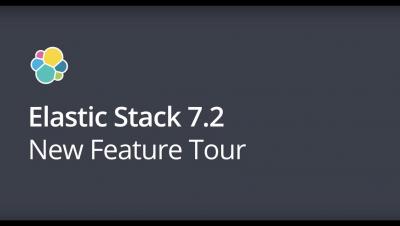Introducing 'MLWatcher', Anodot's Open-Source Tool For Monitoring Machine Learning Models
Machine Learning (ML) algorithms are designed to automatically build mathematical models using sample data to make decisions. Rather than use specific instructions, they rely on patterns and inference instead. And the business applications abound. In recent years, companies such Google and Facebook have found ways to use ML to utilize the massive amounts of data they have for more profit.


